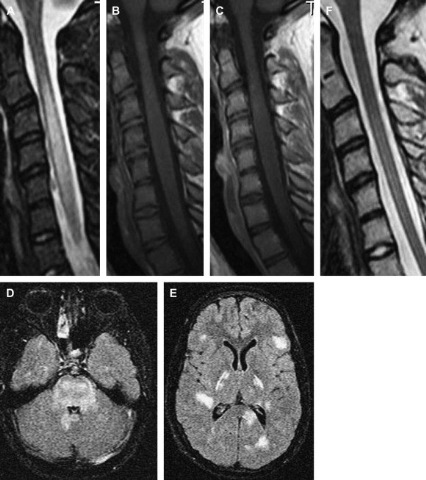
Rare balance: Footballer David Beckham has great natural posture
Most of us will suffer from a bad back at some time - whether it’s a slight twinge or a prolapsed disc that confines us to bed for weeks at a time.
The underlying cause of the majority of all back pain is a bad posture, but there is a method - used by thousands in the UK - that aims to increase our poise and reduce back complaints.
The Alexander-Technique is a self-help method that enables us to stop harmful patterns of movement and posture that interfere with the body working efficiently.
A 2008 study in the British Medical Journal showed how successful thetechnique can be in helping overcome the causes of back pain, although this is only one of the benefits.
It is renowned for helping overcome postural problems, relieving stress and eliminating back pain, neck pain, tension headaches and sciatica.
While many treatments focus on the region of pain, this technique addresses the fundamental cause of poor posture and pain.
When back pain is caused by poor postural habits, it is rarely the result of tension just in the area of pain.
Musclesare compensating from moment to moment and if one area is out of natural alignment and balance, other areas of the body will be struggling to adapt.
It is rare to come across someone with great natural posture as most of us pick up bad postural habits.
Sowhat is good poise? it is not about holding ourselves stiffly upright, rather it is when we are in good balance and can move with minimal effort.
When this happens, back pain will not occur. But we can have good balance only if our joints are free and supple as this allows the body to adapt to changing circumstances during movement.
A good example of this is David Beckham, who has balanced poise.
A lifetime of poor postural habits mean neck muscles are so strong that we hold our heads in rather fixed positions that don’t allow us to move easily.
The weight of the head can cause muscular strain to the neck and shoulders if it is not in good balance.
Excessive stiffness and strain in the neck muscles can cause the cervical spine to become distorted and compress discs, putting pressure on nerves which may also send painful symptoms down the arms, causing numbness or nerve tingling as well as headaches.
Overcoming back pain: The Alexander Technique is renowned for helping overcome postural problems, relieving stress and eliminating back pain, neck pain, tension headaches and sciatica
Having a free neck with good head balance is fundamental to healthy poise. The relationship between the head, neck and back determines how the body functions.
The head weighs between 9lb and 11lb and needs to balance freely on the top of the spine roughly between the ears.
Forty per cent of the weight of the head is behind the point of balance and 60 per cent of the weight is in front.
If we allow the neck muscles to release tension, the head will naturally roll forward a few degrees on the top of our spine.
Exercise: be aware of the top of your spine being at a height of roughly between your ears. allow your head to roll forward just a few degrees on the very top joint, without dropping your neck forward.
Think of your nose dropping a few millimetres. Think of your head teetering – it should be free like a young child’s.
Think of the ‘cushion’ of cartilage supporting your skull plumping up. do not tuck your chin in or drop your neck forward.
New lease of life: A lifetime of poor postural habits mean neck muscles are so strong that we hold our heads in rather fixed positions that don’t allow us to move easily
When we release unnecessary tension, we allow ourselves to attain our full height and stature without any perceived effort.
Children between two and four are examples of a healthy, upright posture. They stand tall, bend easily at their knees and hips to squat and run, and twist and turn with grace and ease.
From the age of four we develop postural habits such as stiffening our neck, collapsing our lumbar as we slouch in chairs and hunch our shoulders.
Back pain is nearly always an indication of loss of natural poise and the development of postural habits we need to ‘unlearn’.
Exercise: allow your head to go forward and up. First ‘direct’ your neck to be free so your head teeters on top of your spine.
Then send your head in a forward and upward direction. do not push or make any effort as this will cause tension.
You need to release unwanted tension and then direct your head in a forward and upward direction.
This realigns your neck and initiates the lengthening and support of your entire back.
- Free yourself from Back Pain, A Guide to The Alexander Technique, by Noel Kingsley, is published by Kyle Cathie, priced ?14.99.